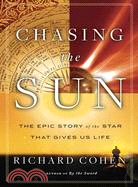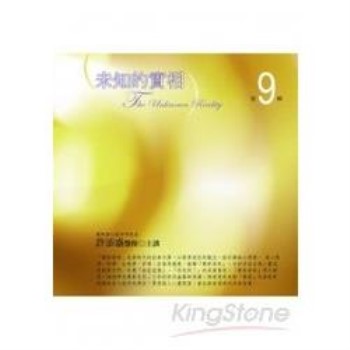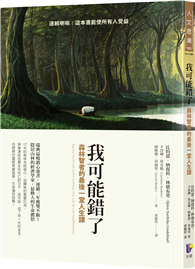圖書簡介In the grand tradition of the scholar-adventurer, acclaimed author Richard Cohen takes us around the world to illuminate our relationship with the star that gives us life. Whether floating in a skiff on the Ganges as the Sun descends behind the funeral pyres of Varanasi, interviewing psychologists in the Norwegian Arctic about the effects of darkness, or watching tomato seedlings in southern Spain being hair-brushed (the better to catch the Sun's rays), Cohen tirelessly pursues his quarry.
Drawing on more than seven years of research, he reports from locations in eighteen different countries, including the Novolazarevskaya science station in Antarctica (the coldest place on Earth); the Arizona desert (the sunniest); the Pope's observatory-cum-fortress outside Rome (possibly the least accessible); and the crest of Mount Fuji, where---entirely alone---he welcomes the sunrise on the longest day of the year.
As he soon discovers, the Sun is present every where---in mythology, language, religion, sciences, art, literature, and medicine, even in the ocean's depths. For some ancient worshippers, our star was a man with three eyes and four arms, abandoned by his spouse because his brightness made her weary; the early Christians appropriated the Sun's imagery, with the cross becoming an emblem of the Sun and its rays, and the halo a variation of that. Galileo was the first to espy blemishes on the solar surface---sunspots---but hid his discoveries for fear of persecution. Einstein helped replicate the Sun's power to create the atomic bomb, while the "Sun King" Louis XIV, Chairman Mao, Adolf Hitler, and the Japanese emperors all co-opted the Sun to give weight to their authority. Conan Doyle had Sherlock Holmes declare that even thinking about the solar system took up too much space in his brain, while Richard Wagner had Tristan inveigh against daylight as the enemy of romantic love.
Chasing the Sun is packed with illuminating facts (the Sun is responsible for 44 percent of the world's tidal energy, and when aligned with the Moon, as at high tide, makes us all minutely taller); extraordinary myths (in India, just a few years ago, pregnant women remained indoors during an eclipse, for fear their babies would be born blind or with cleft palates); and surprising anecdotes (during the Vietnam War, a large number of mines in Haiphong Harbor blew up simultaneously when triggered by large solar flares). This splendidly illustrated volume is erudite, informative, and supremely entertaining. Cohen not only explains the star that so inspires us, but shows how multifaceted our relationship with it has been---and continues to be.












